I want to set up a cron job to run a python script, but it gives me this error:
RuntimeError: could not open display
This is because I import a module that requires me to open display (pylab, for example). Even though my script does not generates any pictures to display on the monitor.
Is there any way to let crontab run my jobs with display open (just as if I ssh -X into a machine)? I don't actually need to generate any graphs to the monitor. I just need to import my modules correctly.
